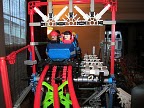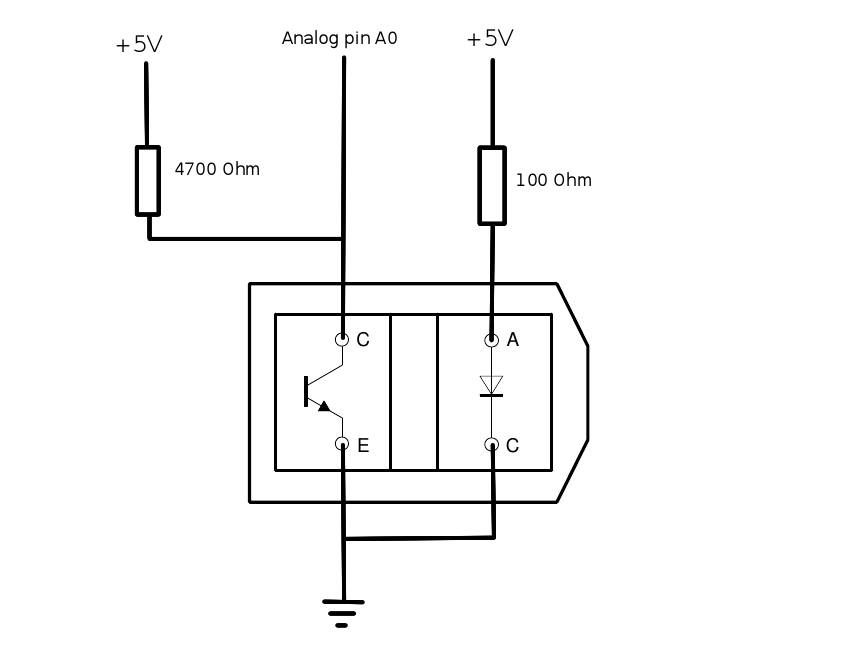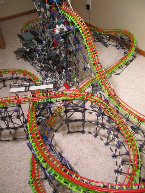Here is what I have to play with so far. I think this is going to get me far. It is not the cheapest way to go but I prefer to not solder things if possible and want to be able to prototype and reconfigure things easily.
I got this Arduino Mega compatible board on eBay for $20. Nicely made and seems to work perfectly.

I bought a prototyping shield with the mega but didn't like that because it either meant soldering or using a breadboard. I looked around and found several interface or sensor shields for the Mega. After looking at them all I decided to go with this one from DFRobot. It is expensive at $20 (same price as the Mega!) but really nice because the layout allows you to put standard Arduino shields on top of it with straight pass through of the standard pins on stacking headers. It has all the other digital and analog pins grouped in rows of three with a ground and +5v pin. This is really convenient to plug in other stuff. You can use ribbon cable or servo cables. I found servo cables at arduino-direct real cheap. It also has 3 Xbee slots, and SD card slot, which will be nice as I get more adventurous with this. You can use an external +5V for the peripheral pins, which lightens the load on the Mega. I really like this shield! (if you go to buy it make sure you get v2.1, much nicer than previous models)
This motor shield is a knock off of the Adafruit shield. Very nice with 2 L293D H bridge chips. I've played with this a bit to power Knex motors.
This little display was only $12 and it works off the IC2 or Serial lines on the Mega.
Cheap simple buttons but set up for the 3 pin cables, couldn't be easier!
Since the motor shield can only drive 4 DC motors and is not stackable I was looking for other ways to do it. This board from arduino-direct has 4 MOSFETs optically coupled to the interface. Like the motor shield you provide separate power to the motors from an external source. I think this is a great way to go. I plan on using this board to power the motors for my lift and use the other shield for the brake runs and station. This is the only thing I have not tested yet.
got this ATX PSU on eBay for $0.99!!! ($5 shipping) I cuta disk drive extension cord so I could easily plug my expansion boards into this. I am going to also splice in a female USB plug (without tX, rX pins) so I can power the Mega from it when not plugged in to the computer. (read this is the safest way to do it so you do not accidentally power it from an external supply while plugged into a real USB and it does not bypass the fuse that is between the USB plug and the Vin pin.)
Here is the whole set up.
even found a use for this old macbook that isn't good for much else at this point.
Now I just need to get back to building my coaster!!!



























